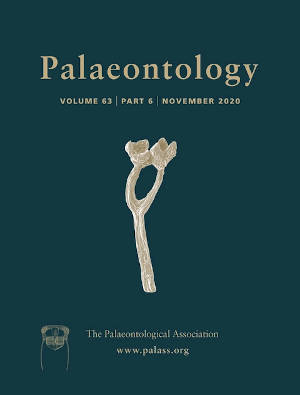Reg. Charity No. 1168330

As animals grow in size, their relationship to the physical environment necessarily changes, but molluscs and brachiopods whose accretionary skeletons expand at one end of a hollow cone conform to logarithmic‐spiral growth and retain a constant shape. Dissolution and remodelling of previously formed parts of the skeleton can alleviate the constraints of strict logarithmic‐spiral growth. How, when, where and in which clades mineral skeletal resorption has evolved are important questions because they relate to the conditions and history of skeletal formation and to the way in which ocean acidification in the past influenced that history. A synthesis of data on mineral dissolution in shells shows that resorption from the inner surface of bivalve shells occurs under temporarily anaerobic conditions within the closed shell, but functional remodelling is unknown in bivalves. Resorption and functional remodelling occur in brachiopods, gastropods and terrestrial hermit crabs, and to a lesser extent in scaphopods and cephalopods. Internal whorl resorption leading to a more compact visceral mass has evolved at least ten times in gastropods. Contrary to expectations stemming from patterns in the availability of calcium, gastropod remodelling is a phenomenon of warm, calcium‐rich environments and not of cold acidified conditions. There is therefore no evidence that internal whorl resorption increases calcium‐use efficiency. Resorption is one of several mechanisms that have enabled animal skeletons to become more dynamic and adaptable during ontogeny.
AcknowledgementsI thank Alyssa Henry for technical assistance, and Janice Fong for the figure illustrations. Three anonymous referees commented on an earlier draft of this manuscript.